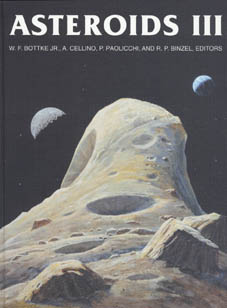 The Journal of the British Astronomical Association
The Journal of the British Astronomical Association
Volume 113, No.4: 2003 August
Contents
On this page: Notes and News / Articles / Observers' Forum / Letters / Reviews / Meetings / BAA Update


On the cover
Top row: Drawings of Mars by the Mars Section Director, Richard McKim, in May and June 2003. Full details and article available here.
The main image is a computer simulation of how the Beagle 2 craft will appear on the surface of Mars in December this year if all goes well. (All rights reserved Beagle 2)

Notes and News
From the President (Guy Hurst) / Mars in 2003: Second interim report (Richard McKim) / Solar Section (Geoff Elston) / Aurora Section (R. J. Livesey) / Campaign for Dark Skies (Bob Mizon et al.) I: Fighting light pollution in the corridors of power; II: Campaigning worldwide for dark skies; III: Local successes from Aberdeen to Bath
Mars at its nearest: E. A. L. Attkins on Madeira, 1924... Richard McKim
The 'bicoloured aspect' of Saturn's A ring: shedding new light on an old mystery Observations of the superoutburst of BC UMa in February 2003 ... David Boyd
Venus and the Journal of André Gide ... Robert Steele & Peter Fawcett (Copies of any of these articles may be ordered from the BAA office.)Main articles
For northern temperate astronomers generally, and for UK observers especially, the very closest oppositions of Mars are always a disappointment on account of the planet's extreme southern declination and consequent low altitude and poor seeing conditions. Such was the case with the recent perihelic opposition of 2001, when most of the observations received by the Section were made in more southern latitudes. Indeed, in 1907 the planet's declination was so far south that no observations were contributed from the UK to the then Director, E. M. Antoniadi. The only solution for British astronomers has been to 'go south'. (5 pp) 

Thomas Dobbins, Alan Heath & Valeri Dikarev


Reviews





